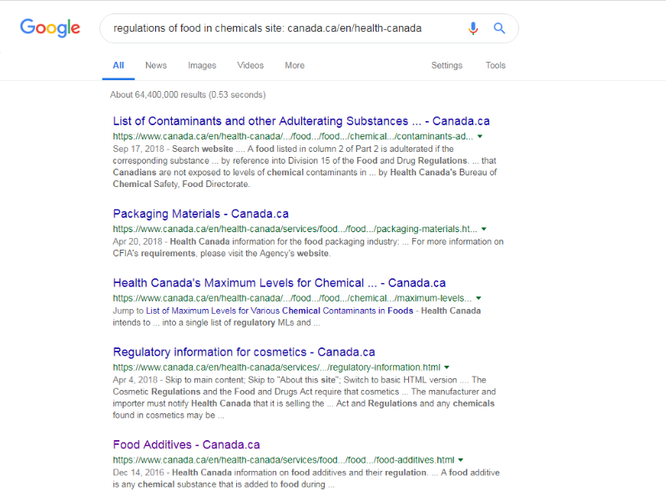Reference Books from Gale Virtual Reference Library: Search inside the book for issues relating to health and chemicals in foods. If you are using these books at home, you will need the password.
The Gale Encyclopedia of Diets
Nutrition and Well Being A to Z
Online Encyclopedias (password required outside of school)
Search for your topic in World Book online or Britannica.
http://www.sd45slc.ca/encyclopedias.html
Subscription Databases
- Ebsco: Click and search for thousands of newspapers, magazines and professional journals and pamphlets. Consumer Health Complete offers consumer oriented health content.
- Gale: Science in Context offers millions of full-text articles that include national and global publications as well as 200+ experiments, projects, and top reference content.
- For either database: Begin with a search for your specific topic to learn what type it is. Use “Advanced Search” methods as indicated on the slideshow if too many results are listed.
Open Access Databases:
Several universities and/or organizations have created chemistry-related databases that will provide you not only with the formula/diagram of your additive, but with links to articles as well. The following three are recommended:
- PubChem (a comprehensive site that links to several resources)
- NIH: U.S. National Library of Medicine: Toxicology Data Network
Smart Web Searches:
Begin by targeting your source. Consider who the authority is on your subject. Then do a site specific Google Search. If you know the URL, you can target a specific site. The example below is for Health Canada. Note the domain address canada.ca/ed/health-canada is preceded by the instruction “site:”
More Smart Searches: Look for any controversy regarding your topic by searching The Globe and Mail (site: theglobeandmail.com) or The New York Times (site: nytimes.com).
Suggested Search Terms: “your topic”/”your topic + benefits or limitations“/”your topic and health”/ “your topic + risks and benefits”.
Suggested Strategies for evaluating two or more of the factors (social, moral, ethical, economic, political, cultural, environmental):
- Consider the benefits and risks associated with the addition of this chemical to our food supply. Think in terms not only of what these are but who benefits and who is subject to risks.
- Conduct a search of the companies who market products with these ingredients to see what they have to say.
- Then check consumer sites and organizations (site: .org).
- Check the official position of government agencies (site: .gc.ca), and look for academic research with a .edu search.
- Evaluate all .com sites with the CRAAP test.
